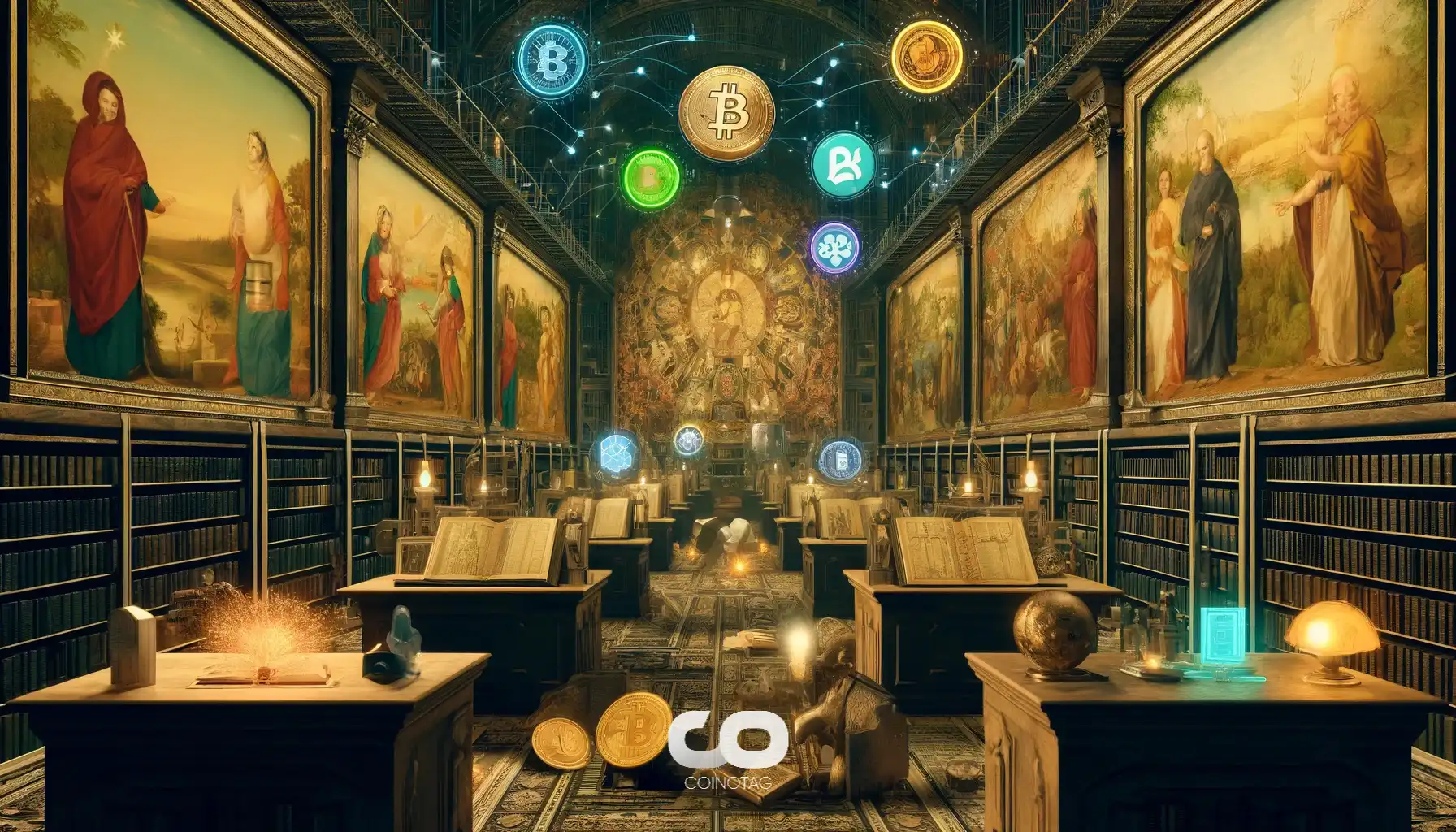- ZKsync has launched its new governance model to enhance community involvement.
- This model is decentralized, enabling collective decision-making among token holders and other stakeholders.
- According to ZKsync’s blog post, governance power is distributed across three main bodies: the Token Assembly, Security Council, and Guardians.
Discover how ZKsync’s new governance model aims to decentralize decision-making and involve the community more directly.
ZKsync Unveils Decentralized Governance Model
ZKsync, an EVM-compatible ZK rollup, has officially introduced its governance model, incorporating smart contracts that are now live on the mainnet. This newly formed governance structure is designed to facilitate community participation in decision-making processes regarding the protocol’s future course. The governance model is meticulously crafted to prevent any single entity from having overarching control.
Role of Token Assembly in Governance
The Token Assembly stands as a pivotal element within the ZKsync governance framework. Token holders and their delegates are empowered to propose and vote on amendments directly, ensuring a democratic process. This initiative is aimed at enhancing inclusivity by allowing stakeholders to have a direct influence on pivotal decisions.
Security Council’s Role in Ensuring Robustness
The Security Council is another essential component, comprising security experts tasked with reviewing and approving code changes. This layer of scrutiny adds an extra safeguard, ensuring that only secure and vetted updates are implemented. This measure is crucial for maintaining the network’s integrity and operational security.
Guardians’ Veto Power
The Guardians possess the authority to veto proposals, acting as a check to ensure that all decisions are consistent with the core principles of the ZKsync ecosystem. This veto power is designed to maintain the network’s values and long-term vision, thus acting as an additional layer of governance protection.
Historical Context and Community Impact
Matter Labs, the development team behind ZKsync, launched its Era mainnet in March 2023. By June 2024, the team had made detailed announcements regarding its governance system, and concurrently, the ZK token was introduced through an airdrop. Despite these significant developments, the network has witnessed a marked decline in daily transaction volume.
Transaction Volume Trends
The network experienced a substantial decrease in daily transactions. Data from COINOTAG’s dashboard reveals that the seven-day moving average of daily transaction counts on the ZK Rollup has plummeted nearly 85% since the start of the year, dropping from roughly 1.3 million to around 195,000 transactions. This trend underscores potential challenges that the governance model might address to rejuvenate network activity.
Conclusion
ZKsync’s new governance model represents a significant step towards decentralizing power and fostering greater community participation. With the structured roles of the Token Assembly, Security Council, and Guardians, the model aims to create a balanced and secure governance environment. As the network navigates its current transactional challenges, this governance system might be key to revitalizing stakeholder engagement and operational success.
www.Asciminerbulk.com


